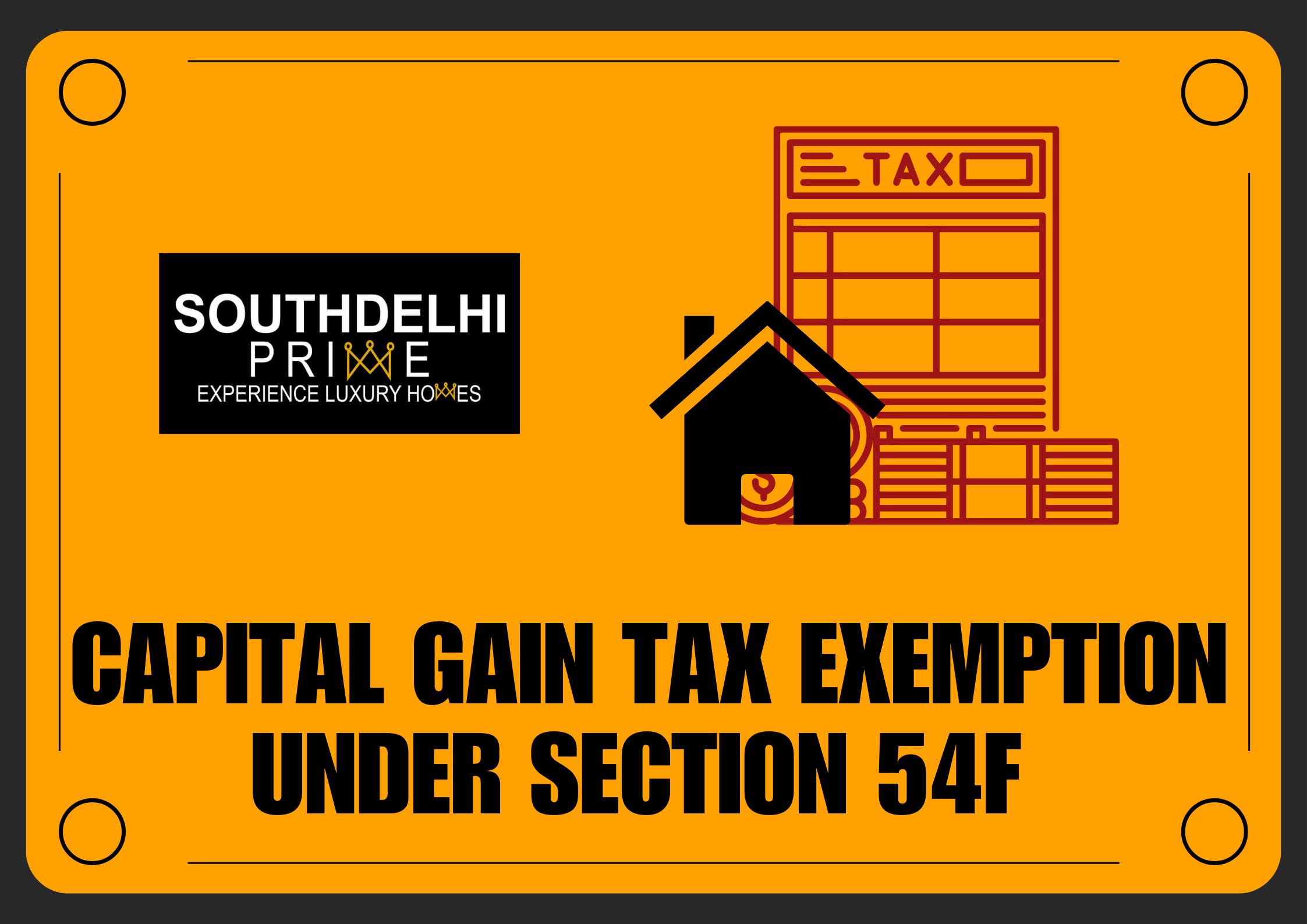Unraveling Capital Gains Tax Exemptions: A Comprehensive Analysis
In the intricate landscape of Indian tax law, Sections 54 and 54F of the Income Tax Act hold sway over the realm of Capital Gains Tax Exemptions. However, the practical application of these provisions, particularly regarding property transfers and Capital Gain Exemptions, often becomes a breeding ground for legal disputes and litigation. The judgments handed down by the esteemed Courts and the Income Tax Appellate Tribunal (ITAT) serve as guiding beacons for taxpayers as they navigate these complex waters.
In this in-depth exploration, we embark on a journey to demystify these key legal precedents relating to Capital Gain Exemptions across various scenarios.
Scenario : House Size Irrelevance – The Summit Mohan Case
Let’s commence with a scenario featuring Mr. Summit (formerly known as Girish), who, in a pivotal transaction, sold his commercial property and invested in a piece of land. On this land, Mr. Summit erected a residential unit comprising two rooms, a kitchen, and a bathroom, complete with electricity and water supply from a borewell and septic tank.
Seeking exemption under Section 54F, Mr. Summit’s claim initially faced partial acceptance by the Commissioner (Appeals), citing that the residential house he constructed was relatively small in comparison to the size of the land.
However, Mr. Summit presented a valuation report that revealed his constructed residential building, equipped with two rooms, a kitchen, and a bathroom, was being used as a genuine residential unit, complete with electricity and water connections. Notably, the valuer estimated the house’s lifespan at a robust 65 years and provided intricate technical details, underscoring the use of load-bearing brick walls, a stepped brick foundation, and even marble flooring, all contributing to its structural longevity.
In a groundbreaking 2023 verdict, the Delhi Tribunal, in the case of Summit Mohan v. ACIT, unequivocally ruled that the size of the constructed house relative to the plot size is immaterial when considering exemption under Section 54F. This landmark ruling emphasized that the proportion of construction concerning the plot size should not impede the granting of exemption benefits for the land associated with the house.
Consequently, the Assessing Officer was directed to grant Mr. Summit the exemption, thus setting a precedent for similar cases.
.
A VERY WELL EXPLAINED AND DETAILED ARTICLE HAS BEEN PUBLISHED BY TAX GURU, YOU CAN FOLLOW THE LINK HAVE A LOOK 👇👇👇









